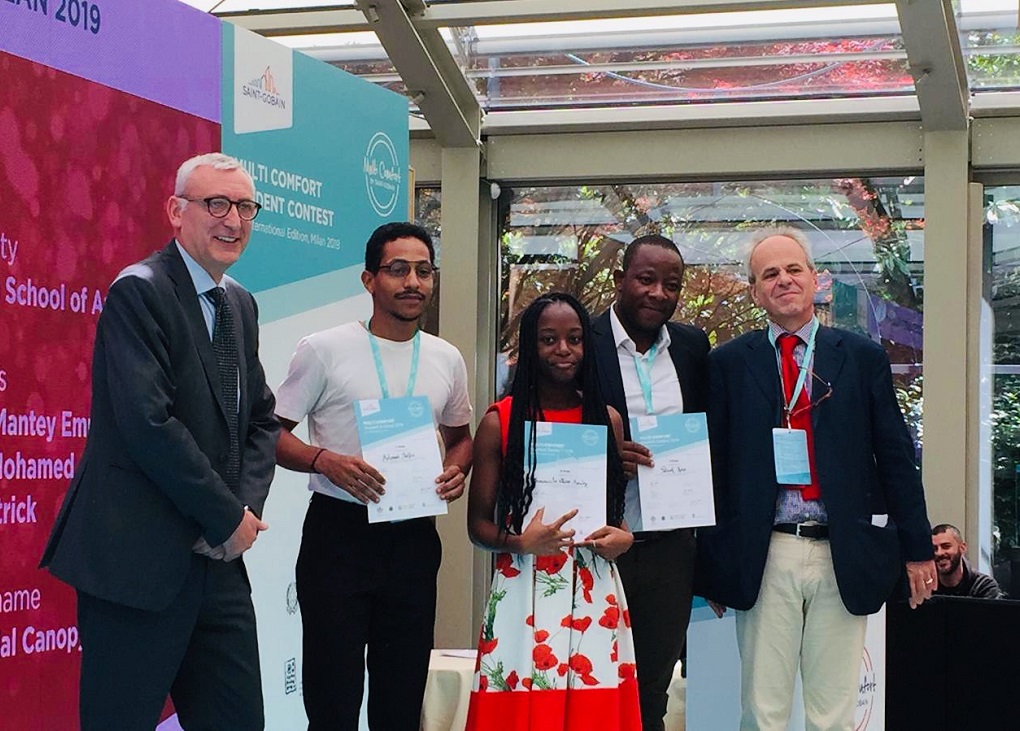International producer of building materials Saint-Gobain has chosen the winners of its 15th Multi Comfort Students Contest.
More than 2,200 students from 199 universities entered the contest, mainly from the fields of architecture and engineering. The final, held in Milan, saw 60 competing teams from 34 countries present their projects to an international panel of representatives from the Municipality of Milan, architects and experts.
Created in 2004, the contest aims to recognise student talent by holding a competition to design a project based on the principles of Saint-Gobain’s “multi comfort” concept: thermal, visual and acoustic comfort, as well as good indoor air quality.
The challenge for this year’s contest was developed in close collaboration with the Municipality of Milan and involved designing a project to rehabilitate and reconnect the urban area around the Crescenzago subway station in Northeast Milan. The project needed to be in line with the City of Milan’s 2030 plan, which aims for urban regeneration by caring for public spaces throughout the city.
Entries were judged on their innovative approach, environmental qualities and compliance with multi-comfort criteria, as well as their ability to blend perfectly into the environment and account for the climatic conditions specific to the area.
“This year, the contest task was a perfect illustration of some of the major challenges that cities are facing,” said competition chair and Saint-Gobain CEO Pierre-André de Chalendar. “I was again very impressed by the students’ enthusiasm and their commitment … in imagining and building the cities of tomorrow, cities that can improve our daily life and our wellbeing, and cities that will also take care of the planet.”
First prize went to Anna Toborek and Joanna Machera, from the Silesian University of Technology in Poland, for their “Co.Living” project. Emmanuella Ohene Mantey, Mohamed Fakhri and Patrick Kore from the Abidjan School of Architecture in Ivory Coast (pictured) received the second prize with the “Social Canopy” project. Third prize went to Bakhrom Khakimov from Brest State Technical University, Belarus, with its “Induction” Project.
Two special prizes were also awarded: one to Timofey Kuzmenko, Artem Diyanov and Anna Budyuk from Russia and the other to Kang Yeonjae and Youn Kyungsun from South Korea.
Saint-Gobain operates in Australia and offers products such as Solar Gard, a solar heat rejecting window film. According to the company, the Solar Gard solution is a retrofit product suitable for any building glass, and can reduce the existing glass SHGC to as low as 0.18. This can lead to reductions in HVAC usage or even reductions in plant size.
 Mark Vender
Mark Vender


Leave a Reply